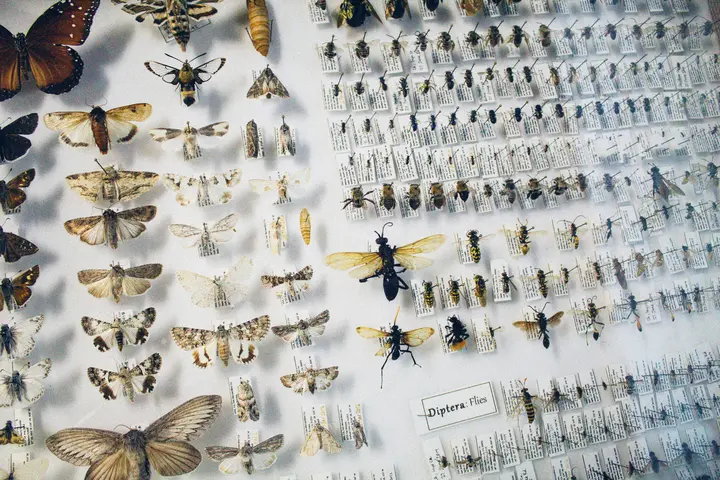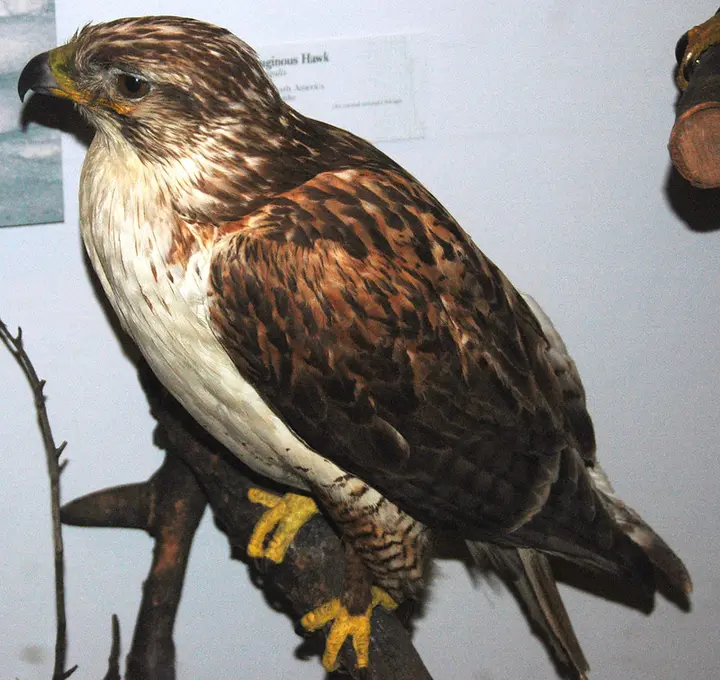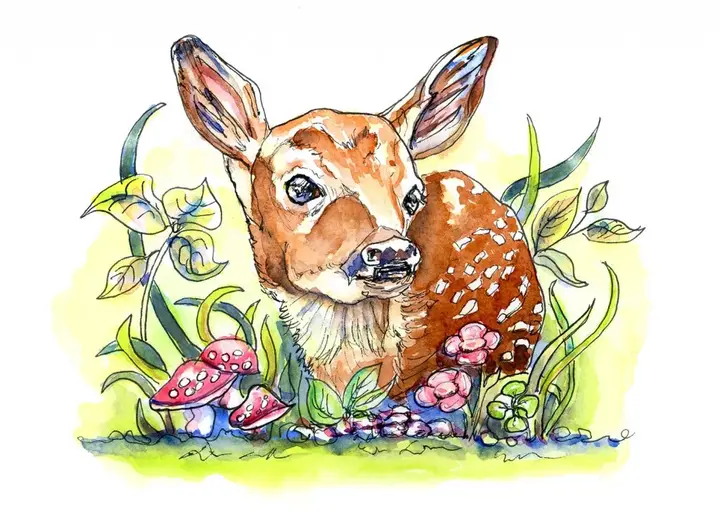You Can Take Home Dead Animals From This California Library

When Carroll DeWilton Scott was appointed as the first director of education at the Natural History Museum in San Diego in 1920, one of his first projects was the Nature Cabinet program. Museum staff used a new Ford truck to transport nature study equipment containing geological samples, shells, birds and insects mounted on cushions from the museum's collection to local schools.
Show key points
- Carroll DeWilton Scott initiated the Nature Cabinet program in 1920 to help San Diego residents understand local flora and fauna through hands-on learning.
- Today, the original concept has evolved into the Nature to You Loan program, offering over 1,300 specimens for educational and creative use.
- Through a searchable online database and an in-person lending library, members can access items ranging from fox skins to insect specimens for a small fee.
- ADVERTISEMENT
- The tactile experience of handling real-life samples fosters deeper appreciation and understanding of wildlife among both children and adults.
- Many of the specimens were ethically sourced from animals that died naturally or in accidents, maintaining respect for wildlife.
- Educators, park rangers, and artists use these resources not just for teaching, but also for projects, training, and even team mascots.
- Students inspired by these specimens have created powerful artwork, using natural models to express the strength, beauty, and spirit of wildlife.
In the way Scott envisioned it, one of the best ways San Diego residents would have understood their county was by understanding at least a little bit about the flora and fauna that lived there before them. He was right then, and he is still right now. More than 100 years later, the Natural History Museum in San Diego presents nature to people in ways and means that even a forward-thinking Scott could never have imagined.
Recommend
The currently accessible collection known as the Nature to You Loan program includes more than 1,300
An item that program members can borrow and take to their classrooms, to their art studios, or even to occasional concerts at work offices.

With the help of an online searchable database, Nature Loan to You offers almost everything from the grey fox's velvet skins to the terrifying specimens of the emperor's scorpion, to students, sculptors, parents and park rangers.
The offerings have expanded to far beyond what a single Ford truck can carry, but the content of what it offers is still as special as it was at first.
Museum education specialist Haylie Priest, whose first experience with Nature's Loan to You dates back to elementary school, when her fourth-grade teacher borrowed some samples to share with the class, says: "I really think the benefit of having these samples that can be interacted with and touched, is that children and adults can experience unique and unique personal experiences."
"When you go outside and there happens to be a red-tailed hawk flying over you, you can actually see it for only 10 seconds. If a sample is brought to you, then you will be able to see all the details. You'll be able to see exactly how red that tail is. And you will be able to see how long and sharp those claws are. This really creates greater respect for the corresponding wild analogues of these specimens.

Members of the Nature Loan to You program can borrow up to seven samples for up to two weeks for an annual fee of $75. The program also includes groups dedicated to teaching with specific topics. A one-time $25 membership allows you to borrow four samples for one week. In addition to the online database, members can browse in person at the Balboa Park Museum's lending library, which is open Monday through Thursday from 2 to 5 p.m.
Many specimens were collected between 1920 and 1960. Currently, the museum does not kill animals for display, but takes animals that have died in accidents or natural causes, and installs them on certain supports.
Whether fossils, mammals, fish, birds or insects, Nature Loan to You samples regain full life, as classmates on homework, as training tools, or even as decorations. Skeletons are especially popular on Halloween, and Brest remembers a group of office workers borrowing animals to match the names of work-related teams to act as mascots for them during their annual holiday party.
At Mission Trails local park, museum samples are used during annual route guidance training sessions. Veteran park ranger Heidi Gutknecht also uses "Nature Loan to You" offers in her monthly career program for children. And here the surprisingly big, black-tailed rabbit is always fun for the audience, as is the small gray fox. The latter is so deceptive that Gottknecht saw nothing but traces and waste from these animals that they leave behind.

They always say a picture is worth a thousand words, but it's even more important when you're dealing with an actual sample," says Gottknecht.
"It helps people feel more appreciated for the resources that are here. In some way, you can recognize the wildlife that shares the same area with us. It is hoped that this will make people more interested in this life, and generate a greater desire to preserve and protect it."
For San Diego High School students studying in the technical classes of AT. C. Groves, samples of "Nature's Loan to You" were a source of education and inspiration. Groves started borrowing animals a few years ago, hoping that a large blue heron or little axle deer could get her students to create something in a way that a bowl of fruit cannot.
Groves, like avant-garde Carol D. Wilton Scott, believed that bringing nature into the classroom would open up a whole world of possibilities. She was right too.
One of the girls drew the boy of the antelope, and she completed one of the most accurate and beautiful works of fine charcoal. Another girl painted the falcon, showing its great strength and boldness, while using a really strong contrast. The girls were able to capture absolutely what is characteristic of the temperament of these animals.
"I told my students that they really honor the animal by drawing it. They prolong his life by making it visible to others and by directing their attention to this animal with their artwork. This was very motivating for the children.








